Barriers, Stereotypes Block Transit Options in Metro Detroit
Some Metro Detroit officials want a second go at creating a regional transit system. Experts say the plan faces longstanding roadblocks: A lack of transit options, antipathy towards “outsiders” and the stigma that only the poor take buses near the Motor City.
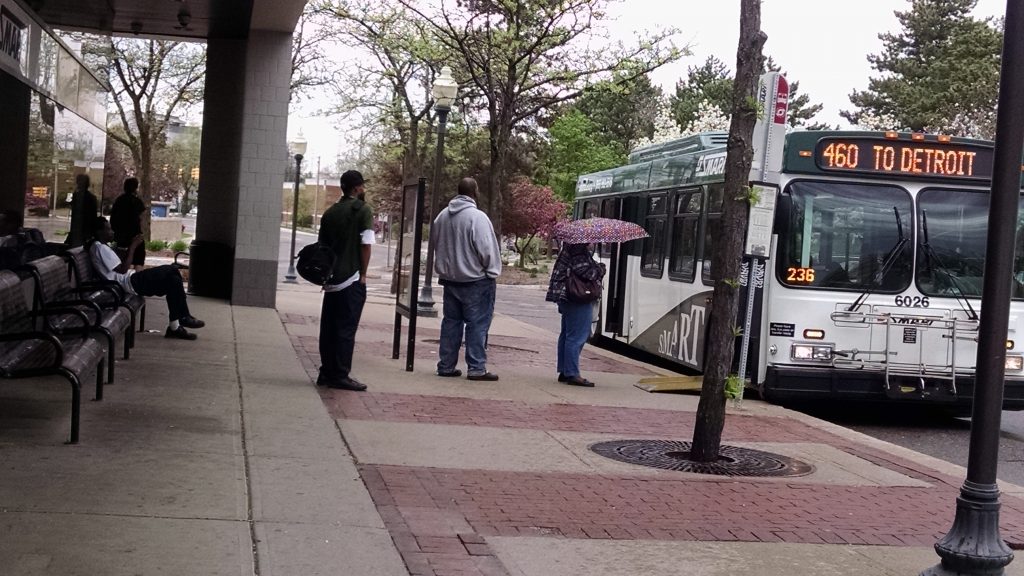
WDET is examining issues impacting regional transportation as part of our series “Policy Meets the People. MI Voice, MI Vote.”
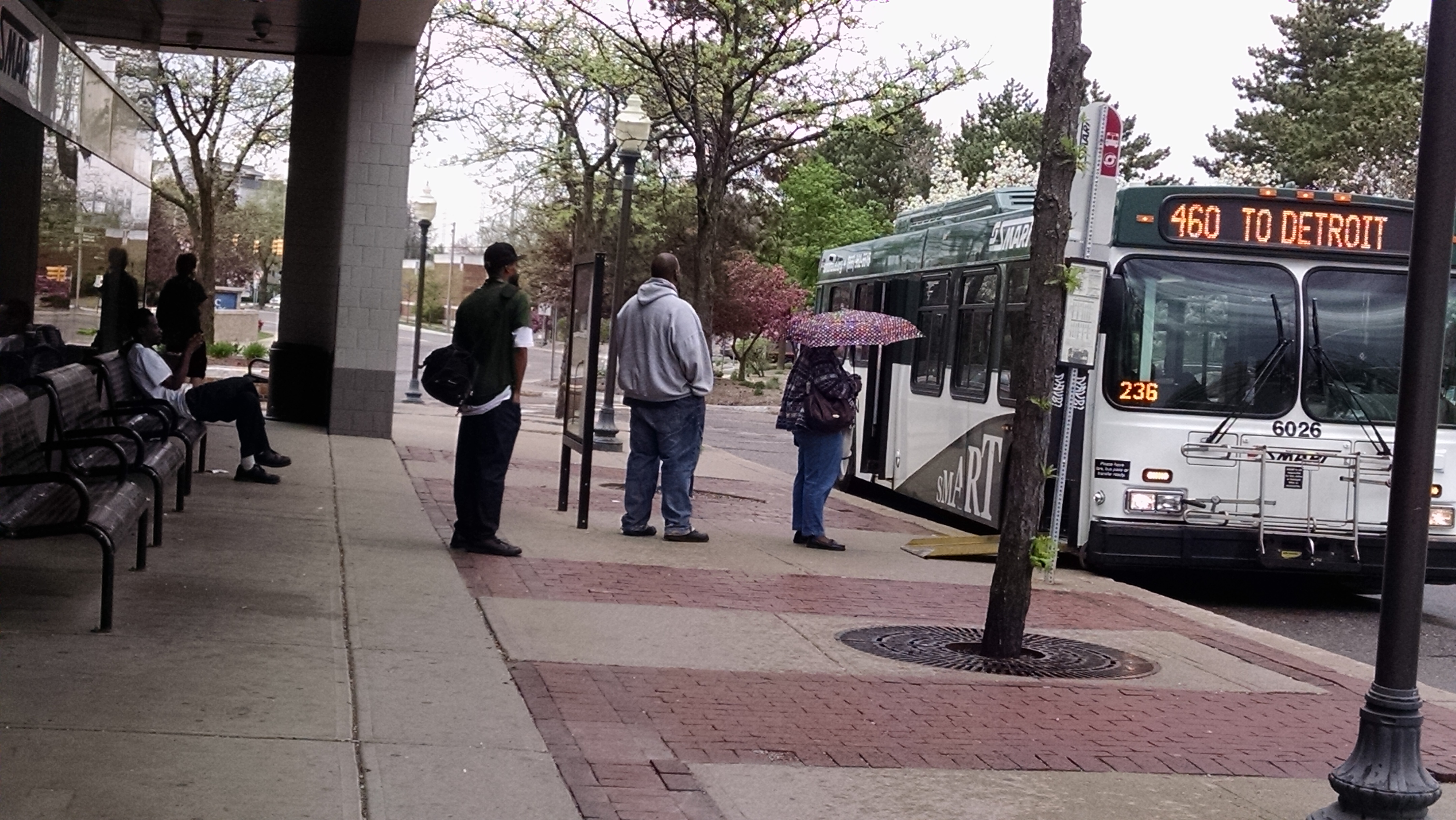
It’s said Detroit put the world on wheels.
Yet one of the most pressing concerns consistently reported in the Metro region is transportation, especially problems with public transit.
Some officials are proposing a new Regional Transit Authority be put on the ballot to help connect public transportation services in the Metro area.
But there are many barriers to improving transit in the region, some more obvious than others.
The First and Last Mile
On the east side of Detroit, Uber driver Joey Johnson negotiates busy Gratiot Avenue.
He says Gratiot is fine.
But there are some neighborhoods where Johnson says he simply refuses to accept a fare.
“I kind of stay out of the Joseph Campau area. I got shot at the other day,’ Johnsons says. “I was making a left turn after delivering a pizza with Uber Eats. And this kid hopped off his BMX bike and started opening fire on me. I was swerving doing about 85 mph down the road to get away from him. I got away but I was getting shot at. o I stay out of that area now.”
Word gets around among professional drivers, Johnson says, and some sections of Metro Detroit have become a kind of public transit desert.
“It’s a shame that people are afraid to come down (to those areas) to pick people up. It ruins it for the people that utilize Uber and Lyft and taxicabs. Because they can’t get a ride,” Johnson laments.
It’s not just fears over safety that block people from getting to a job or the grocery store.
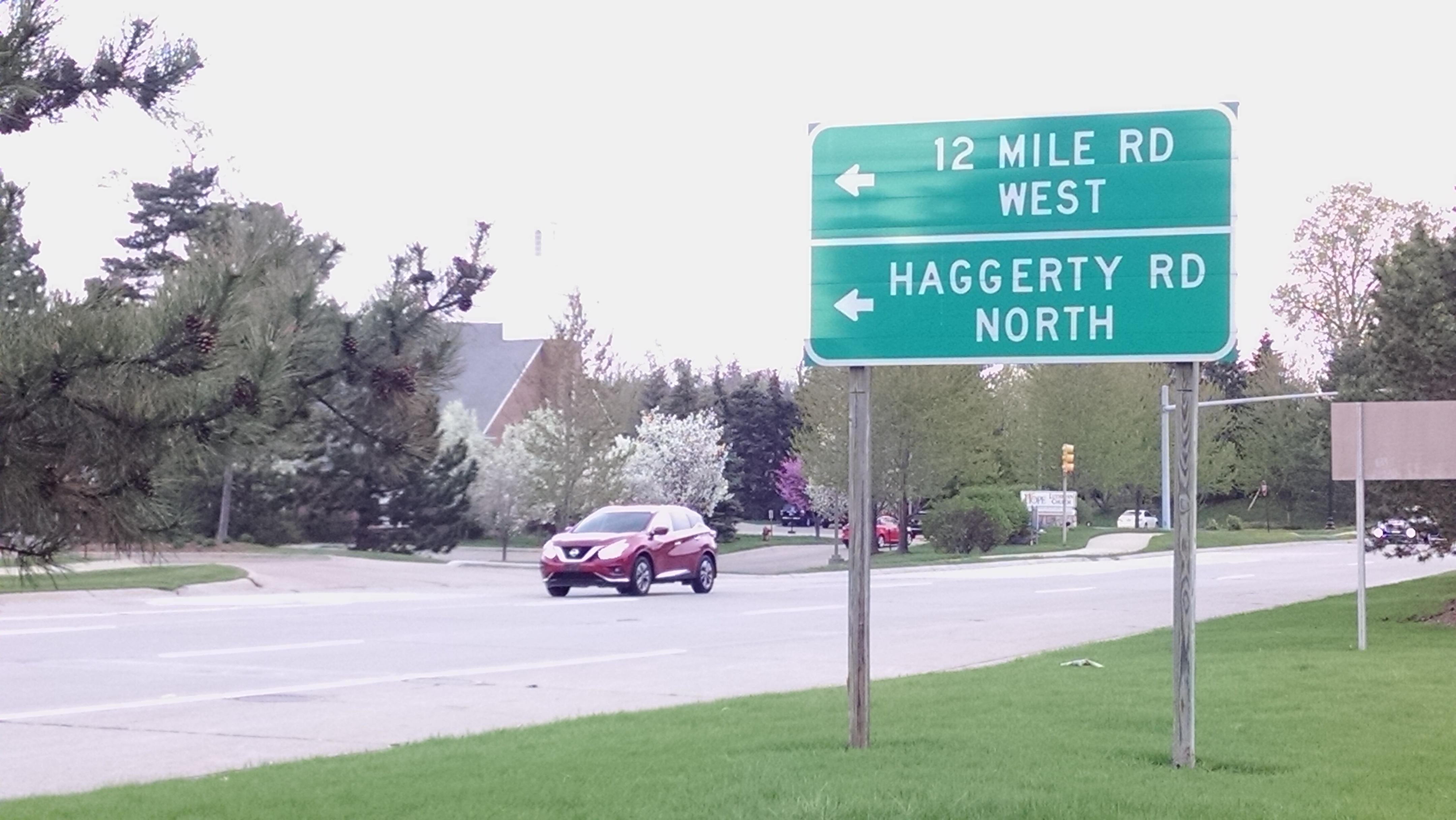
On a suburban SMART bus route that stops by the intersection of 12 Mile Road and Haggerty Road, just short of Novi, obstacles are present literally by design.
The SMART bus line ends about a mile-and-a-half from shopping and jobs that are available in Novi.
Someone taking the bus must walk the rest of the way to get there.
Transit experts say there is often a problem coordinating transportation to ensure a person can reach a stop or station and get from there to their final destination.
Addressing “the first and last mile,” analysts call it.
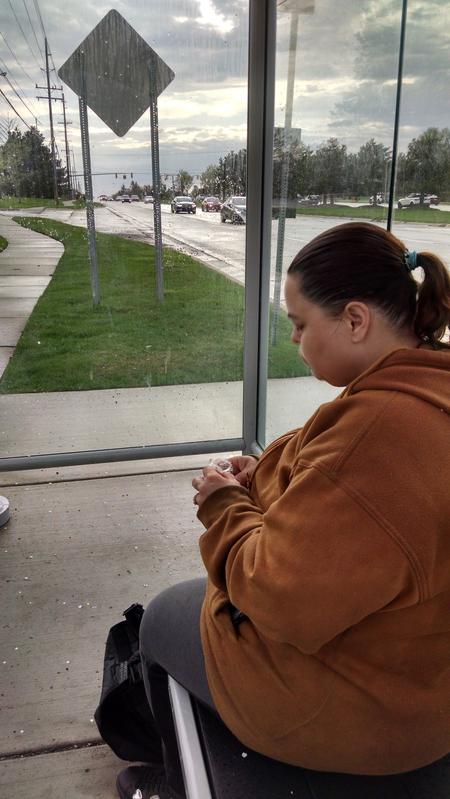
But for regular Metro Detroit bus riders like Anna Henderson, it’s a concern based very much in her real-world experience.
“It takes me four hours here and four hours back (to get to this area by Novi) because I transfer onto four buses,” Henderson says.
The Ecorse native says she walks to a school near the intersection to pursue her dream of a degree in the fine arts.
But she says she has leg problems that make it difficult to walk that final mile from the bus stop.
And Henderson says when she finally reaches her destination, some of the residents living nearby don’t exactly go out of their way to make her feel welcome.
“They ask me where I’m from and when I say Ecorse they say ‘Oh you’re from the ghetto.’ So what? So I’m from a low-class area. I don’t care. I get where I got to go. I was brought up poor (but) I’m not going to end up that way,” Henderson vows.
The Fear Factor
Experts say Henderson’s story is all-too-familiar.
The prestigious Urban Land Institute recently held a rare meeting in the Motor City.
“(Transit barriers are) very common…racially (and) also economically. Even in prosperous communities you’ll hear, ‘We don’t want those (outsider) people here.” – Urban Land Institute Trustee Marilee Utter
Trustee Marilee Utter says the group often hears stories of towns or regions across the country in effect blocking certain public transit riders from entry.
“It’s very common,” Utter says. “it’s common racially. It’s also common economically. Even in prosperous communities you’ll hear, ‘We don’t want those people here.”
Utter says Metro Detroit transit officials can help combat such barriers.
She says the region’s transit system is sparse but serviceable.
Utter says officials simply need to convince more riders to get on board.
“(Then) it becomes kind of irresistible for people to use. Pretty soon it’s just so much more convenient and so much more affordable, but primarily convenient, for people to use transit that they start breaking their old histories and their old stories about it and try it out,” Utter says.
She notes her hometown of Denver faced many of Detroit’s issues, a sprawling land mass where voters turned down a regional transit system several times.
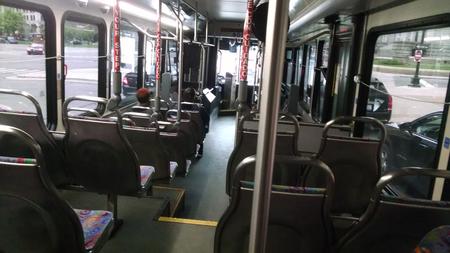
Utter says a transit plan finally passed in 2004 because officials pledged to shape land use around bus stops and transit centers.
Utter maintains the benefits were immediate.
“We’re attracting a lot of companies, we’re attracting a lot of young workers. And they’re staying,” Utter says. “(The vast majority) of the new companies that come here locate within a half mile of a transit station. They just wouldn’t be further away. Because they see that as the future of the city.”
Even officials in the nation’s car capital agree driving a personal car to work is increasingly becoming an obstacle.
Detroit is exploring alternative modes of transport through the city’s Office of Mobility Innovation, led by Mark de la Vergne.
He says the city has numerous initiatives in the pipeline, including coordinating bus travel with street lights, addressing parking issues and reducing the expensive insurance rates Detroit drivers pay.
“The high cost of car ownership is just a huge barrier for so many people here in the city. Fixed route transit is gonna be the core of how we move people around the city. Geometry basically dictates that we’re not gonna be able to fit more vehicles in the corridors. Curbs, lines are gonna stay where they are. And the bus is always gonna be the most efficient way for us to move people,” de la Vergne declares.
Long Commute? Forget Working Here
But efficiency does not always equal employment.
Time and distance are just as important.
At the Detroit branch of the Society for Human Resource Management, recruiter Kelly Houghteling says a prospective employee’s travel time to a work place can have a large impact on job prospects.
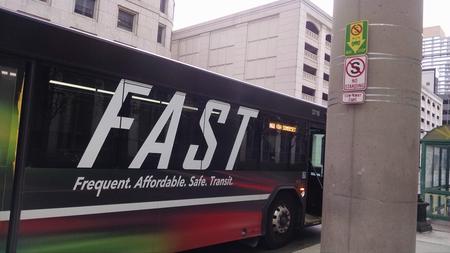
“With traffic in the Metro Detroit area, something could only be 10 miles away. But, depending on which freeway you have to hop on, it could take you 45 minutes to an hour to get in to work. I’m automatically going to be talking to them in a different light because I’m going to assume they’re not gonna want this position.
“So for me when I’m phone interviewing them I’m trying to almost have them convince me why they want to drive an hour each way every day to have this job. Where someone that’s five minutes away, they don’t really have to convince me of that,” Houghteling says.
She adds that there is an extra problem in Metro Detroit, because some employers resist the idea of people working from remote locations.
“I think a lot of it has to do with the industries we have,” Houghteling says. “We have a lot of the auto industry, a lot of manufacturing companies that are a little bit more process-oriented (than) Silicon Valley. Even Portland, Oregon is turning into a huge tech hub where companies are just more flexible and start-up-like. And I think that makes a big difference. It’s definitely changing (around Detroit.) I think we’re just a little behind some other areas.”
So any public transit in the Metro region must be both accessible and fast.
“Stigma. We hear that word all the time. We don’t control what people think of us…We have a ways to go, the system still isn’t what it should be. But on the whole it’s pretty reliable. Once people give it a chance some of that stigma will kind of take care of itself.” – Detroit Department of Transportation official Neil Greenberg
It’s a daily challenge for the man who designs and updates bus routes for the Detroit Department of Transportation, Neil Greenberg.
“We have a legacy system. We have the structure, the essential framework of a transit system that hasn’t changed a whole lot since 1920. And many of our routes are following the exact same paths that they have for the last 100 years,” Green berg says.
And some preconceptions in the city seem as old as its bus routes.
Greenberg says the Motor City is known for building cars. So he says there remains a stigma attached to those who don’t drive themselves.
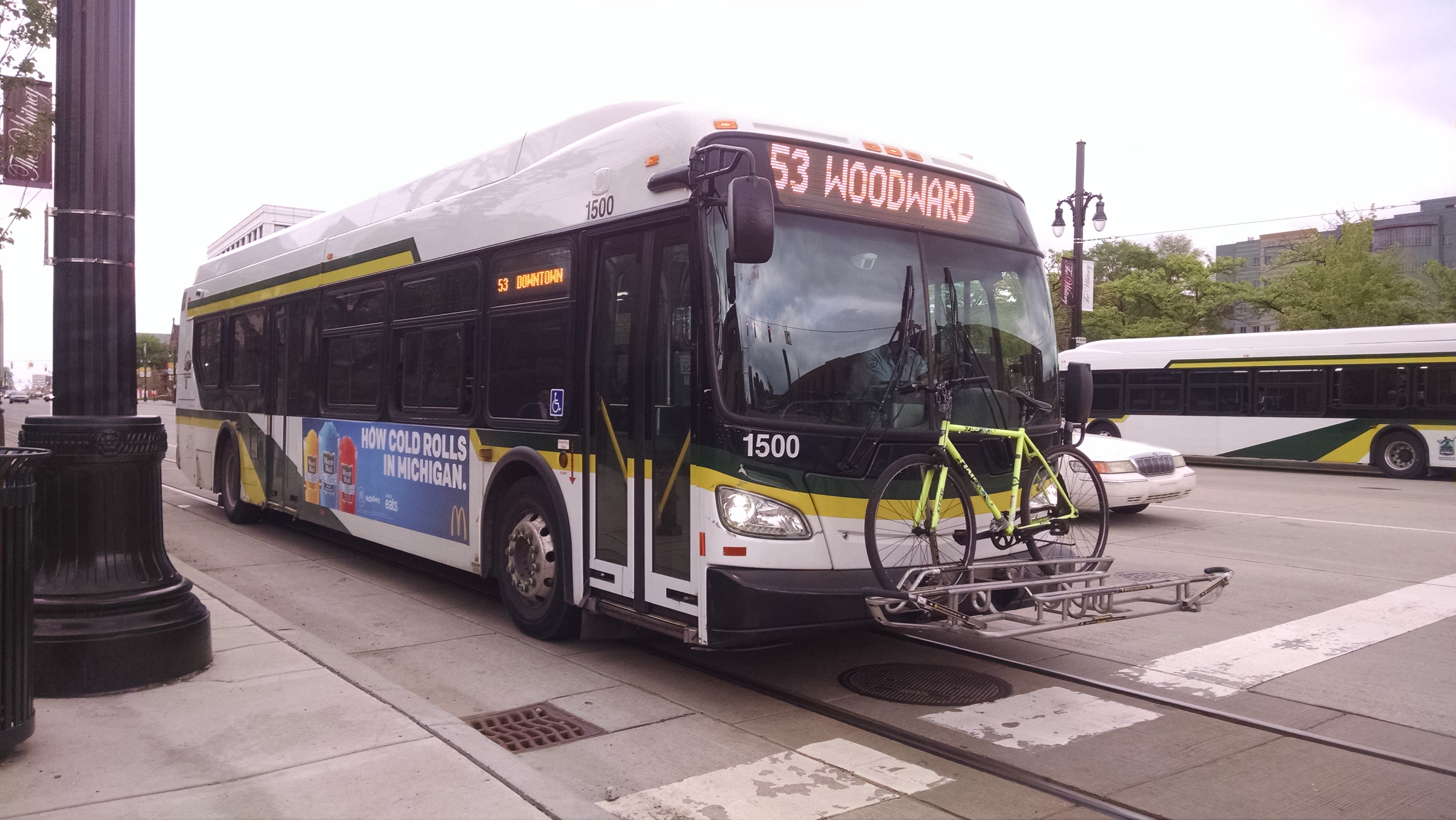
“That exact word. Stigma. We hear that word all the time. We don’t control what people think of us. But what we can control is the quality of service we deliver. We have a ways to go, the system still isn’t what it should be. But on the whole it’s pretty reliable. And I (use) the bus all the time.
“(The bus system) runs more or less as it should. The buses are clean, the drivers are for the most part professional. Again none of it is perfect. There’s a lot of ways we can improve. We have a steep hill to climb in terms of making Detroiters new, old and everything in between, comfortable with using the system. Once people give it a chance some of that stigma will kind of take care of itself,” Greenberg predicts.
But it’s difficult to set a timetable for removing that obstacle or any of the barriers to public transit.
Detroit builds cars, trucks and SUV’s, not subway trains.
And there remains a stereotype that the only people who take public transportation in the Metro region are those who are lower-class or cannot afford a car.
The path to changing that perception will likely be a very long and winding road.
Click on the audio link above to hear the full story
